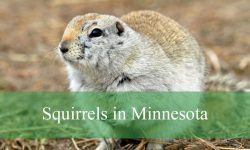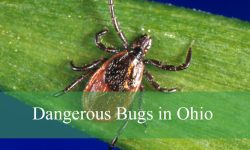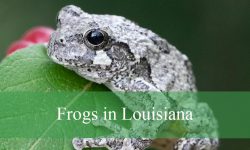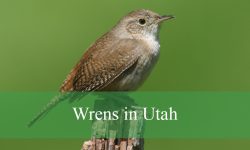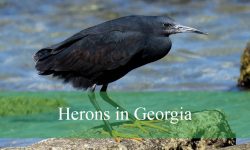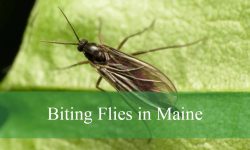Skunks are one of the most distinctive mammals in Texas, easily recognized for their bold black-and-white coloration and notorious defensive spray. Although often misunderstood, these nocturnal creatures play an important role in controlling insect and rodent populations.
Texas is home to three main species of skunks, each with unique features, behaviors, and habitats. This guide will help you identify the striped skunk, hooded skunk, and hog-nosed skunk and understand their lifestyles.
What Are Skunks?
Skunks belong to the family Mephitidae and are known for their ability to spray a foul-smelling liquid as a defense mechanism against predators. These mammals have stout bodies, bushy tails, and sharp claws used for digging. Skunks are mostly nocturnal and solitary, feeding on a variety of foods such as insects, small animals, fruits, and eggs. They are found throughout North America, with three species native to Texas.
Common Skunks Found in Texas
Striped Skunk (Mephitis mephitis)
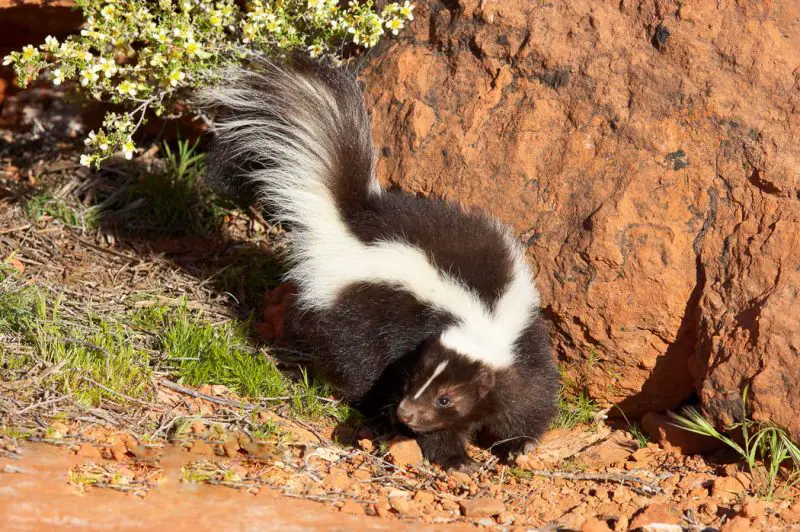
The Striped Skunk is the most common and familiar skunk species found throughout Texas. It is easily identified by its striking black fur with two broad white stripes running from the top of the head down the back, sometimes merging near the tail to form a characteristic “V” shape. Adults typically measure between 20 to 31 inches in total length, including their bushy tail, and weigh 4 to 10 pounds. This medium-sized mammal has a stocky build with short legs and a pointed snout. The black-and-white coloration acts as a warning to potential predators, signaling its potent defensive spray.
Behaviorally, the striped skunk is primarily nocturnal and solitary, except during mating season or when females are raising their young. It has a calm temperament but will spray a foul-smelling musk when threatened, which can deter predators and humans alike. The skunk is an opportunistic omnivore; its diet consists mainly of insects such as beetles and grasshoppers, small mammals, birds, eggs, fruits, and occasionally carrion. Its strong foreclaws allow it to dig up insects and grubs from the soil, especially during warmer months.
In Texas, striped skunks occupy a wide range of habitats, including open woodlands, grasslands, farmland, and even urban or suburban areas where food sources are abundant. They make dens in hollow logs, abandoned burrows, or under buildings and brush piles. The species is adaptable and widespread, found across the eastern, central, and western regions of Texas. Their presence near human habitation can sometimes cause conflicts, but they also help control insect and rodent populations.
Reproduction occurs once annually, typically from late winter to early spring. After a gestation period of about 60 to 75 days, the female gives birth to a litter of 4 to 7 kits. The young are born blind and helpless but develop rapidly, opening their eyes by the third week and becoming independent by 2 to 3 months old. The female provides all parental care, and the striped skunk population in Texas remains stable due to their adaptability and relatively few natural predators.
Hooded Skunk (Mephitis macroura)
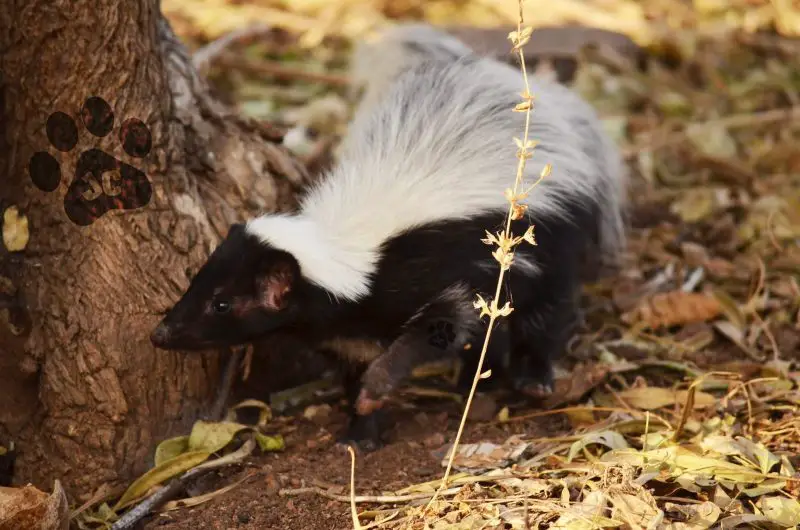
The Hooded Skunk is a more slender and less commonly encountered species in Texas, recognizable by its distinctive white “hood” marking that extends from the top of the head down the back. Unlike the striped skunk’s dual stripes, this skunk has a single white stripe that flares out across its shoulders and neck, resembling a cloak or hood. Its fur is mostly black elsewhere, and it has a long, bushy tail. Adult hooded skunks typically range from 20 to 28 inches in length and weigh between 3 and 5 pounds, making them lighter and more agile than their striped relatives.
This species is mainly nocturnal and secretive, preferring rocky, brushy, and semi-arid environments that are common in western Texas, especially in the Trans-Pecos area. The hooded skunk is a solitary forager, feeding primarily on insects such as beetles, grasshoppers, and crickets, as well as small mammals, fruits, and bird eggs when available. Like other skunks, it defends itself with a potent musk spray, though it generally relies on avoidance and camouflage to escape danger.
In Texas, the hooded skunk’s habitat preference for rocky slopes and desert-like terrain means its distribution is more limited and localized compared to the striped skunk. It makes dens in crevices, rock piles, and occasionally abandoned burrows. Despite its more restricted range, the hooded skunk plays an important role in controlling insect populations in its preferred habitat. It is less often seen due to its shy nature and remote environment.
Breeding season occurs in late winter to early spring, with females giving birth to litters of approximately 3 to 6 kits after a gestation period of about two months. The young are raised in sheltered dens and remain with the mother for several weeks before dispersing. The hooded skunk’s lower population density and specialized habitat make it less common but still an integral part of Texas’s skunk fauna.
Hog-nosed Skunk (Conepatus leuconotus)
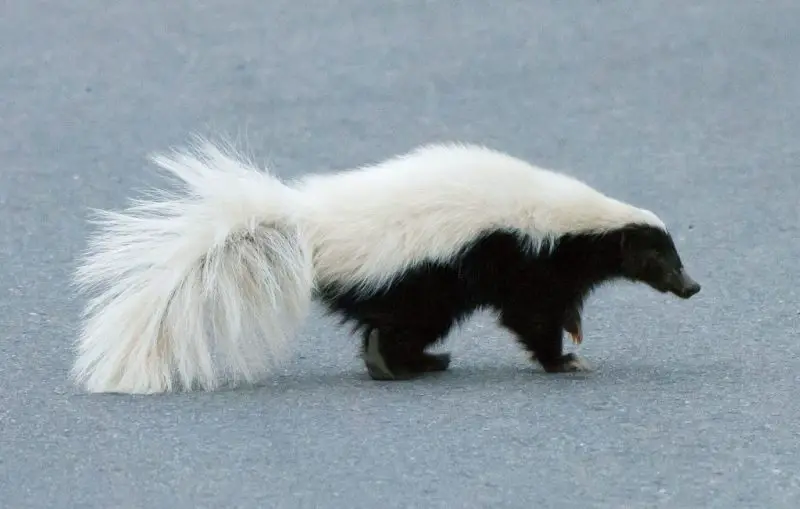
The Hog-nosed Skunk, sometimes called the American hog-nosed skunk, is notable for its robust, heavy-bodied build and distinctive coloration. It is generally larger than the other skunk species in Texas, measuring from 24 to 33 inches in length and weighing 5 to 12 pounds. Its fur is black with irregular white patterns and a broad, sometimes broken, white stripe running from its forehead down the back to the tail. Its most distinguishing feature is a pig-like, upturned snout used to root through soil and leaf litter in search of food.
This skunk prefers dry, open habitats such as deserts, scrublands, and grasslands primarily found in western Texas. It is a nocturnal and solitary animal, relying heavily on its keen sense of smell and strong claws to dig for insects, larvae, small reptiles, and mammals. Unlike the more agile striped and hooded skunks, the hog-nosed skunk is a powerful digger and more aggressive when threatened. Its defensive spray is potent, serving as a last line of defense against predators.
The hog-nosed skunk’s range in Texas is mostly confined to the western and southwestern parts of the state where arid and semi-arid environments dominate. It creates dens in burrows dug by itself or abandoned by other animals, and may also take shelter in rock crevices or dense brush. This skunk is less adaptable to urban environments compared to its striped counterpart, which limits its encounters with humans.
Reproduction occurs once a year, with females giving birth to litters of 4 to 7 kits after a gestation of roughly two months. The young are born blind and helpless but develop quickly, relying on their mother for care and protection during early life stages. The hog-nosed skunk plays a critical role in its ecosystem by controlling insect and small vertebrate populations, maintaining balance in the harsher environments of western Texas.
How to Identify Skunks in the Wild
To identify these skunks in the wild, focus on their size, coloration patterns, and habitat. The striped skunk’s dual stripes and adaptability make it the easiest to spot near urban areas. The hooded skunk’s distinctive “hood” pattern and preference for rocky western terrain set it apart. The hog-nosed skunk’s large size and pig-like snout are unmistakable in desert and scrub habitats.
FAQs about Types of Skunks in Texas
What types of skunks can be found in Texas?
Texas is home to three main species of skunks: the Striped Skunk (Mephitis mephitis), the Hooded Skunk (Mephitis macroura), and the Hog-nosed Skunk (Conepatus leuconotus).
How can I identify a striped skunk?
The striped skunk is black with two broad white stripes running from its head down its back, sometimes merging near the tail. It is medium-sized, measuring about 20 to 31 inches in length.
Where do hooded skunks usually live in Texas?
Hooded skunks prefer rocky and brushy areas, mostly in western Texas, especially in the Trans-Pecos region.
What makes the hog-nosed skunk different from other skunks?
The hog-nosed skunk has a pig-like upturned snout and a more bulky body. It has irregular white and black markings and is larger than the other two species.
What do skunks eat in Texas?
Skunks are omnivores; they mainly eat insects, small mammals, fruits, eggs, and occasionally small reptiles.
Are skunks dangerous to humans?
Skunks are generally not aggressive and will avoid humans. Their main defense is spraying a strong-smelling musk when threatened.
When is the breeding season for skunks in Texas?
Most skunks breed once a year, typically from late winter to early spring.
How many babies do skunks usually have?
Females usually give birth to litters of 3 to 7 kits after a gestation period of about two months.
Can skunks live near urban areas?
Striped skunks are highly adaptable and often live near urban and suburban areas, while hooded and hog-nosed skunks prefer more remote habitats.

